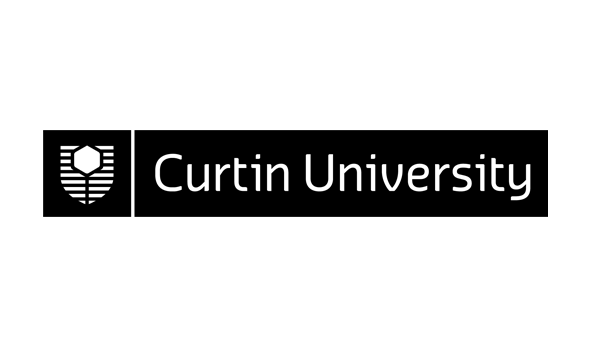311268 (v.2) Human Communication Science - Speech and Hearing Science 271
| Area: | School of Psychology |
|---|---|
| Credits: | 25.0 |
| Contact Hours: | 4.0 |
| ** The tuition pattern below provides details of the types of classes and their duration. This is to be used as a guide only. For more precise information please check your unit outline. ** | |
| Lecture: | 1 x 2 Hours Weekly |
| Laboratory: | 1 x 2 Hours Weekly |
| Prerequisite(s): |
309436 (v.1)
Human Communication Science 171 - Introduction to Human Communication Science
or any previous version
OR 311262 (v.2) Human Communication Science - Introduction 171 or any previous version AND 309557 (v.1) Human Communication Science 172 - Language Development or any previous version OR 311261 (v.2) Human Communication Science - Language Development 172 or any previous version |
| Syllabus: | The auditory pathway from sound reception to speech perception. Hearing and auditory processing disorders. Acoustic analysis of prosody, voice quality, and analysis techniques for speech segmentation. Psychoacoustics. Human and machine speech recognition. Speech synthesis. Modelling of speech perception and production. |
| ** To ensure that the most up-to-date information about unit references, texts and outcomes appears, they will be provided in your unit outline prior to commencement. ** | |
| Field of Education: | 061707 Speech Pathology |
| SOLT (Online) Definitions*: | Not Categorised *Extent to which this unit or thesis utilises online information |
| Result Type: | Grade/Mark |
Availability
| Year | Location | Period | Internal | Partially Online Internal | Area External | Central External | Fully Online |
|---|---|---|---|---|---|---|---|
| 2009 | Bentley Campus | Semester 1 | Y |
Area External refers to external course/units run by the School or Department or offered by research.
Central External refers to external and online course/units run through the Curtin Bentley-based Distance Education Area
Partially Online Internal refers to some (a portion of) learning provided by interacting with or downloading pre-packaged material from the Internet but with regular and ongoing participation with a face-to-face component retained. Excludes partially online internal course/units run through the Curtin Bentley-based Distance Education Area which remain Central External
Fully Online refers to the main (larger portion of) mode of learning provided via Internet interaction (including the downloading of pre-packaged material on the Internet). Excludes online course/units run through the Curtin Bentley-based Distance Education Area which remain Central External

